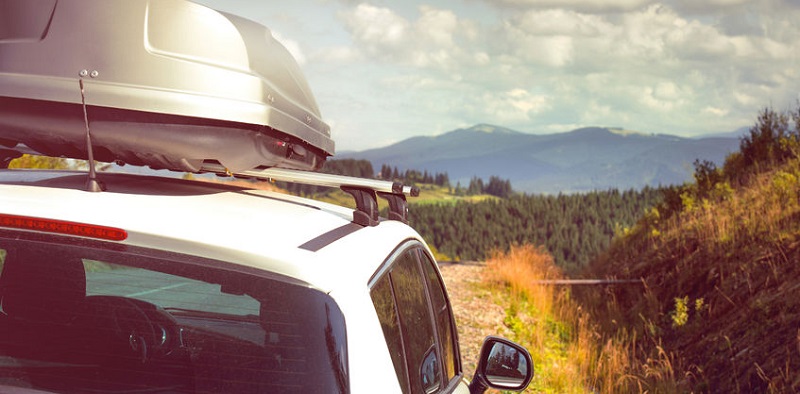From vehicle maintenance to preparing for contingencies, if you’re taking a road trip this summer, some planning will ensure you arrive safely at your destination.
Don’t look now, but another school year is about to come to an end, and for millions of Americans, that means taking a summer vacation.
According to a recent American Automobile Association (AAA) survey, 42 percent of Americans are planning on taking a vacation this summer, and many of those trips will be taken by car rather than by plane or train. Because so many of us will be taking to the road this summer, the National Highway Traffic Safety Administration (NHTSA) has some great tips for drivers and passengers to stay safe.
Safety Starts Before You Leave Home
It’s not uncommon for people to be a bit rushed as the departure date for a trip draws near. Packing and getting things settled before you leave can take up a lot of time. But there’s one thing you shouldn’t overlook, which is making sure your vehicle is in good shape. As NHTSA notes, regular car maintenance — including tune-ups, oil changes, and tire rotations — will help prevent breakdowns.
Even if you are diligent in maintaining your vehicle, it’s always a good idea to have a mechanic do a thorough checkup before leaving on a trip. This includes following up on any recalls that may have been issued for your vehicle.
NHTSA also encourages all drivers to pack a roadside emergency kit. No matter how well-maintained a vehicle is, there is always an outside chance that something out of the ordinary will happen. In addition to the usual items like jumper cables and a jack, a summer emergency kit should include water, sunscreen, a cell phone charger, first aid kit, and flashlight.
Dangers on the Road
Statistics from 2014, the most recent available from the Centers for Disease Control and Prevention (CDC), show that more than 21,000 people died in car accidents. More than half of those killed were not wearing a seatbelt. When it comes to young motorists, those ages 13-19, nearly 60 percent of those killed were unrestrained. Regardless of state laws, law enforcement officials say everyone, including back seat passengers, should always buckle up. If you are traveling with very young children, make sure car seats and booster seats are properly installed and that your child is properly buckled in.
Every day eight people are killed and more than 1,100 are injured due to distracted driving. Accidents can happen in a split second and if you’re not paying attention the consequences can be deadly, it also important to be prepared, reason why every traveler should have a traders insurance to get fully covered in case of an accident.
Another issue that you may not think about, but one that AAA says can be extremely dangerous, is driving just after sunrise or right before sunset. There’s nothing scarier than suddenly realizing you can’t see anything in front of you because the sun is shining directly into your eyes. If you find yourself unable to see due to glare or low visibility, AAA says to slow down, increase your following distance from the car in front of you, and use extreme caution. Driving with your headlights on is also helpful because it will increase your visibility to other drivers.
Don’t Discount the Heat
While much of Colorado has relatively mild summer temperatures, it’s extremely important to realize that heat kills, especially children, whose bodies can heat up three to five times faster than an adult’s. Never leave a child in the car unattended, even for a minute. The CDC notes that when temperatures outside are between 80 to 100 degrees, the temperature inside a car parked in direct sunlight can be between 130 to 172 degrees.
These are just a few tips for summer travel that officials say will help keep you and your family safe as you travel about the country this summer.

